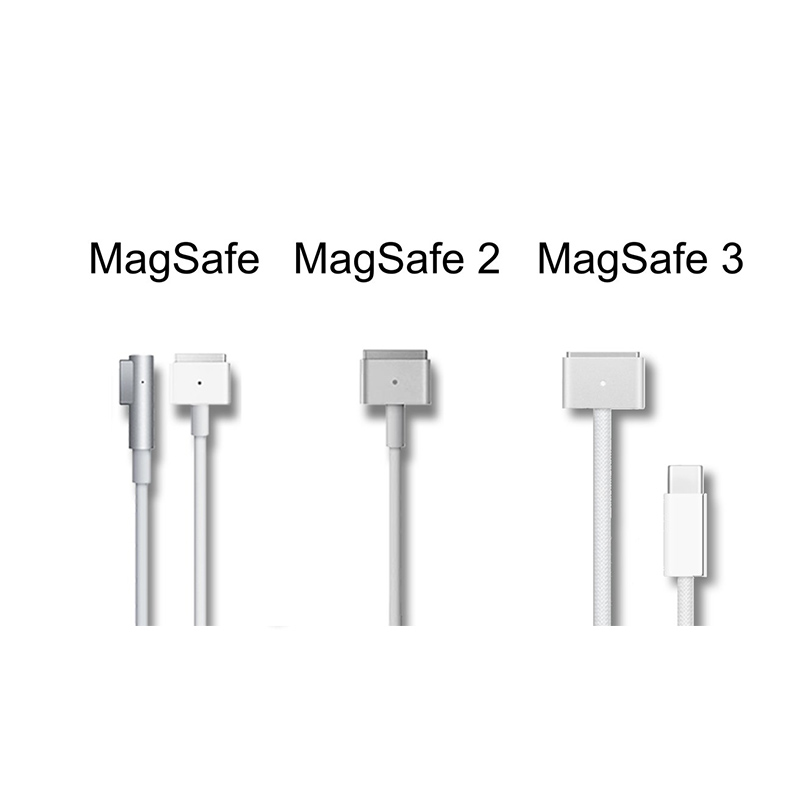
However, Jason Snell says that the lack of a suitable cable isn’t the only issue. Apple’s using some proprietary cable to MagSafe. There are yet to be a C-to-C cable rated at EPR levels though. MacBook Pro USB-C ports don’t support fast chargingĪ Reddit post by USB-C engineer Benson Leung yesterday noted that there isn’t yet a USB-C to USB-C cable that supports EPR, so fast charging is available only via the new MagSafe 3 port.Īpple was instrumental at proposing the 28V, 36V, and 48V new voltages levels to USB’s working groups, so it would make sense that they were planning on releasing the first implementation. The 14-inch model isn’t affected as the charger is 96W, so below the 100W maximum. Apple’s implementation is limited to 28v. This delivers up to 48V at 5A, supporting anything up to 240W.Īpple’s new 16-inch MacBook Pro charger uses the new USB PD 3.1 EPR standard, and is – as far as I can see – the very first charger on the market to do so. This new standard is known as USB PD 3.1 Extended Power Range (EPR). A new standard was developed to support power delivery of up to 240W, and Apple was instrumental in driving this. That was fine at the time, but with higher-powered laptops on the way, more power was needed. This allowed for power to be delivered via USB-C cables at up to 100W.

When the USB-C standards were developed, there was a specific standard for charging, known as USB-C Power Delivery (PD).

We yesterday outlined the background to this. While there is a specification that supports the higher voltages needed, the new 16-inch MacBook Pro models don’t support it … A report today apparently answers an open question about MacBook Pro USB-C ports: whether or not they support the new USB PD 3.1 EPR standard needed for fast charging.


 0 kommentar(er)
0 kommentar(er)
